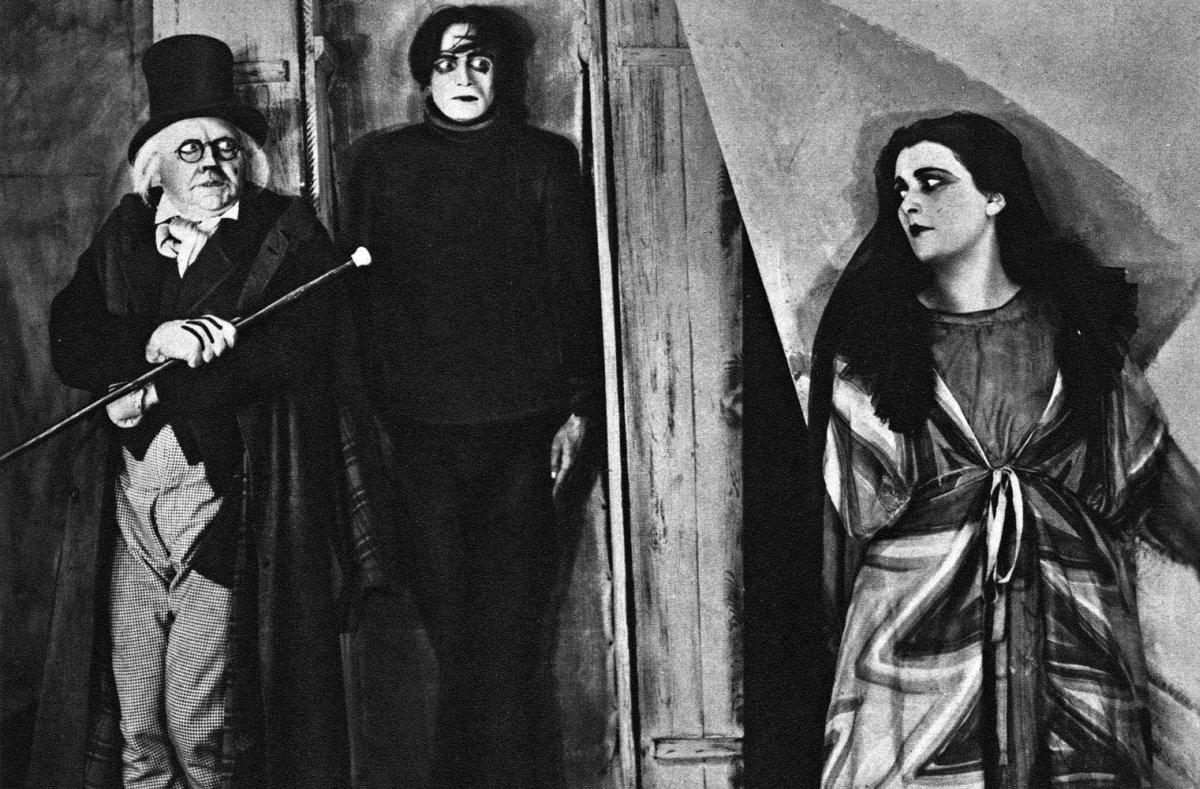Quote Practicing
Exercise One: Use the source material as a quote in the main sentence. Try to use extracts from the sentence as well as the whole sentence.
1)The economy is looking much brighter.
"Millions of new jobs are emerging. Things are really on the upswing" (Frank Rank, A Cab Driver).
Solution
"Millions of new jobs are emerging", observes Frank Rank, a cab driver. The economy is looking brighter "Things are really on the uprising.".
2)It is more important than ever for Americans to forge a common identity.
"We need an identity that binds us together." (Frank Hairpiece, A Prominent Scholar).
Solution
It's more important than ever for Americans to forge a common identity. According to Frank Hairpiece, a prominent scholar "We need an identity that binds us together." By binding us together, it merges us to identity as a community.
3)Animal rights represent the next stage in human moral development.
"If we don't change our ways, future generations will judge us harshly. We need to achieve a higher state of consciousness and empathy." (Yoshi Om, A Philosopher)
Solution
Animal rights represent the next stage in human moral development. "If we don't change our ways, future generations will judge us harshly." Speculate Yoshi Om, a philosopher. Yoshi believes that "We need to achieve a higher state of consciousness and empathy.".
Exercise Two:Structure these sentences to integrate the quotes more elegantly.
1)Violent movies are popular for all kinds of surprising reasons. It is well known that they appeal mostly to teenagers, Holman Jenkins writes a column for the Wall Street Journal. He states that, "teenagers swarms to horror flick so the boys can demonstrate their manly unflappability and girls can demonstrate their vulnerable desirability. Boys and girls who fulfil these roles are rated as more sexually desirable than their peers" (2013, para.6). So perhaps horror films do not cater to a taste for violence, but rather to the desire to show off before the opposite sex.
Solution
It is well known that violent movies appeal mostly to teenagers for many reasons. Holman Jenkins, a column writer for the Wall Street Journal, proposes that "teenagers swarms to horror flick so the boys can demonstrate their manly unflappability and girls can demonstrate their vulnerable desirability.". Jenkins goes on to argue that "Boys and girls who fulfil these roles are rated as more sexually desirable than their peers".
2)Sociologists argue about whether or not violent television creates more violence in society. But maybe this strict cause-and-effect misses the point. "Sex and violence-drenched entertainment, can desensitize a whole society. It can drag us down to the point where nothing is morally unacceptable, where nothing makes us blush. What happens to an unblushing society? Central Park joggers get raped and beaten into comas. Sixth-graders sleep around. Los Angeles rioters burn down their neighborhoods and murders their neighbors. The Mendez boys blow off their parents' heads." Jeff Jacoby wrote this in the Boston Globe (2013, p.113). The point is that by overcoming our inhibitions, we lose an important protection against some of the terrible things that people are capable of
Solution
Sociologists argue about whether or not violent television creates more violence in society. But maybe this strict cause-and-effect misses the point. The Boston Globe featured this commentary by Jeff Jacoby in 2013 which discusses the topical effects of sex and violence-drenched entertainment on society. He argues that this exposure can desensitize a whole society to the point where nothing is morally unacceptable and nothing makes us blush. "What happens to an unblushing society? Central Park joggers get raped and beaten into comas. Sixth-graders sleep around. Los Angeles rioters burn down their neighbourhoods and murders their neighbors. The Mendez boys blow off their parents' heads.".










